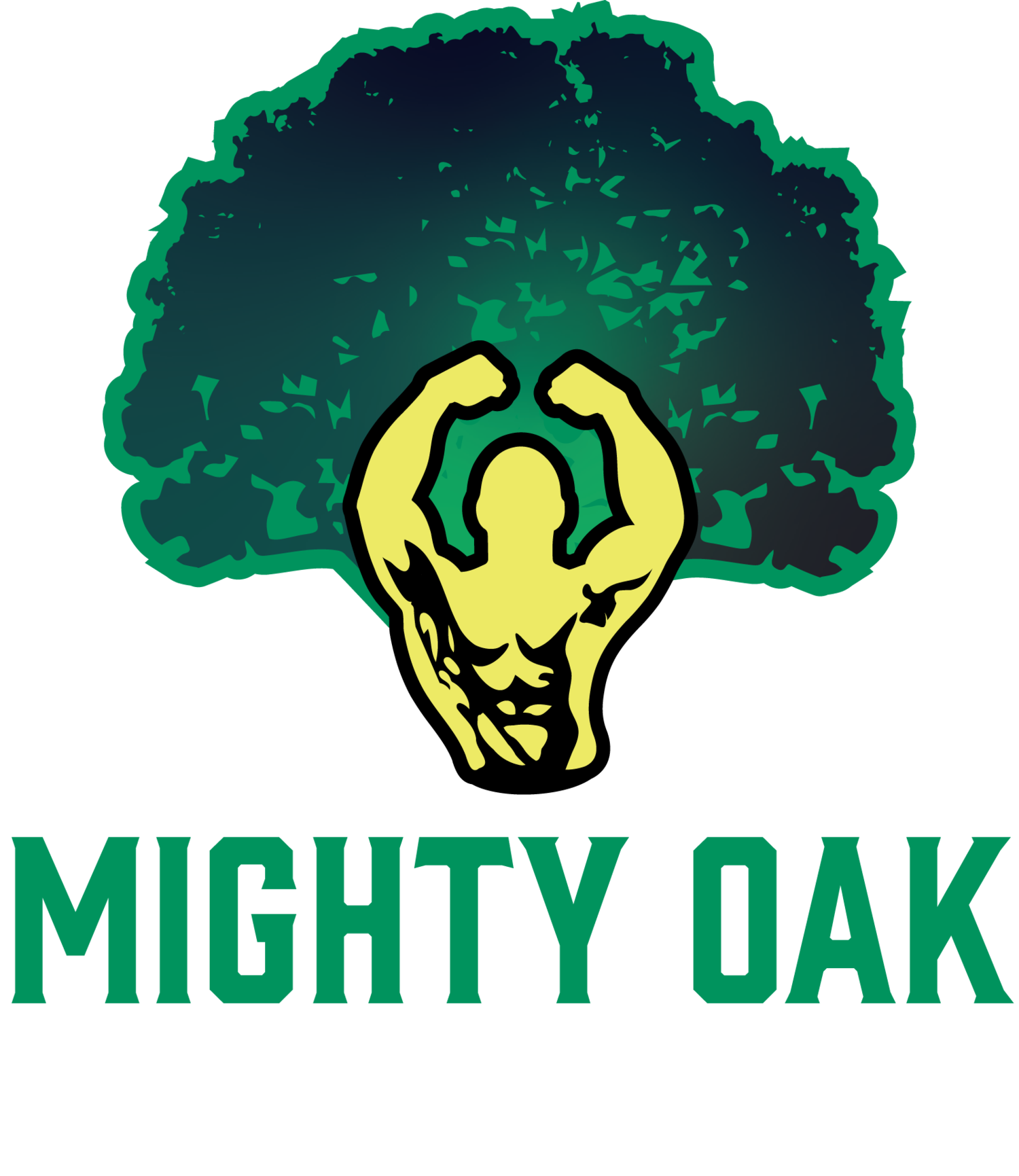The Surprising Reason Why Calluses Are Your Best Friend in Strength Training
The journey towards physical strength and prowess, particularly in the domain of strength training, is often marked by the formation of calluses on one's hands. These small areas of thickened, hardened skin are not just badges of honor for the dedicated athlete but serve practical benefits, reflecting the body's remarkable ability to adapt and protect itself. However, understanding the balance between benefiting from calluses and maintaining hand health is crucial for any athlete, especially those under the banner of Mighty Oak Athletic, where strength, resilience, and care are equally valued.
The Formation of Calluses: A Natural Armor
Calluses form as a result of repeated friction, pressure, or irritation. In the context of strength training, gripping barbells, dumbbells, kettlebells, or engaging in activities like pull-ups and deadlifts, subjects the skin of the hands to considerable stress. The body, in its wisdom, responds by thickening the skin in these areas, creating a natural armor that reduces sensitivity and increases the ability to handle heavy loads. This physiological adaptation is a testament to the body's capacity to endure and thrive under stress, mirroring the ethos of Mighty Oak Athletic, where pushing limits is a fundamental philosophy.
The Benefits: Beyond Protection
The benefits of calluses extend beyond mere protection. They signify the body's adaptation to the rigors of strength training, allowing athletes to increase their training intensity and volume without the hindrance of pain or discomfort. This is crucial for progressive overload, a principle that underlines strength and muscle growth. Furthermore, the presence of calluses can improve grip strength and stability, enabling athletes to perform lifts with greater efficiency and safety. For a Mighty Oak athlete, calluses are not just physical adaptations but symbols of dedication, resilience, and progress.
Hand Maintenance: The Balancing Act
While calluses are beneficial, proper hand maintenance is essential to prevent them from becoming counterproductive. Overly thick calluses can be painful, crack, or even tear, potentially leading to infections or interfering with the ability to train effectively. Thus, hand care becomes a critical aspect of an athlete's regimen. This involves regular moisturizing to keep the skin supple, and gentle filing to keep calluses smooth and prevent them from becoming too thick. Additionally, protecting the hands during particularly heavy or high-friction training sessions with gloves or athletic tape can be wise, not as a sign of weakness but as a strategic measure to ensure longevity in the sport.
For Mighty Oak athletes, understanding and respecting the body's adaptations while ensuring proper care reflects a broader philosophy of strength through balance. It's about pushing the limits while also listening to and caring for the body, ensuring that progress towards strength and physical achievement is sustainable and healthy. The journey of a strength athlete is not just about building muscle or lifting weights; it's about fostering resilience, discipline, and care, both for the self and for the community of fellow athletes. In this light, calluses are not just a physical manifestation of hard work but a metaphor for the strength, adaptability, and care that defines the Mighty Oak Athletic spirit.
